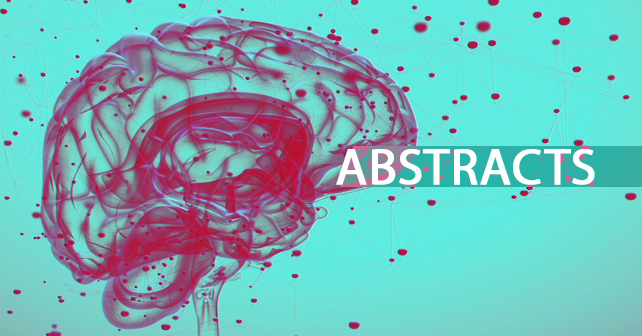Neuroinflammation as a mechanism linking hypertension with the increased risk of Alzheimer’s disease
Ekta Bajwa 1, Andis Klegeris 1Affiliations expand
- PMID: 35535868
- PMCID: PMC9120695
- DOI: 10.4103/1673-5374.336869
Abstract
Alzheimer’s disease, the most common type of dementia among older adults, currently cannot be prevented or effectively treated. Only a very small percentage of Alzheimer’s disease cases have an established genetic cause. The majority of Alzheimer’s disease cases lack a clear causative event, but several modifiable factors have been associated with an increased risk of this disease. Persistent midlife hypertension is one such risk factor, which can be effectively controlled through changes in diet, lifestyle, and antihypertensive drugs. Identifying molecular mechanisms linking modifiable risk factors with the increased risk of Alzheimer’s disease could enhance our understanding of this disease and lead to identification of novel targets and therapeutic approaches for effective treatments. Glial cell-driven neuroinflammation is one of the key pathological features of Alzheimer’s disease. In this review, we illustrate that neuroinflammation could also be one of the possible mechanisms linking hypertension and Alzheimer’s disease. Animal studies have demonstrated that chronically elevated blood pressure leads to adverse glial activation and increased brain inflammatory mediators. We highlight damage to cerebral microvasculature and locally activated renin-angiotensin system as the key pathogenetic mechanisms linking hypertension to neuroinflammation and the accompanying neurodegeneration. The role of tumor necrosis factor-? and interleukin-1? as pro-inflammatory signaling molecules providing this link is discussed. We also summarize the available experimental data indicating that neuroinflammatory changes and glial activation can be reversed by several different classes of antihypertensive medicines. These studies suggest antihypertensives could be beneficial in Alzheimer’s disease not only due to their ability to control the blood pressure, but also due to their anti-neuroinflammatory effects. Confirmation of these observations in human subjects is required and recent advances in the brain imaging techniques allowing visualization of both microglia and astrocyte activation will be essential for this research.
Keywords: Alzheimer’s disease; antihypertensive medicines; astrocytes; blood-brain barrier; high blood pressure; microglia; neurodegenerative disorders; paraventricular nucleus; renin-angiotensin system.
Conflict of interest statement
None
Figures

References
- Akiyama H, Barger S, Barnum S, Bradt B, Bauer J, Cole GM, Cooper NR, Eikelenboom P, Emmerling M, Fiebich BL, Finch CE, Frautschy S, Griffin WS, Hampel H, Hull M, Landreth G, Lue L, Mrak R, Mackenzie IR, McGeer PL, et al. Inflammation and Alzheimer’s disease. Neurobiol Aging. 2000;21:383–421. – PMC – PubMed
read more: https://pubmed.ncbi.nlm.nih.gov/35535868/

